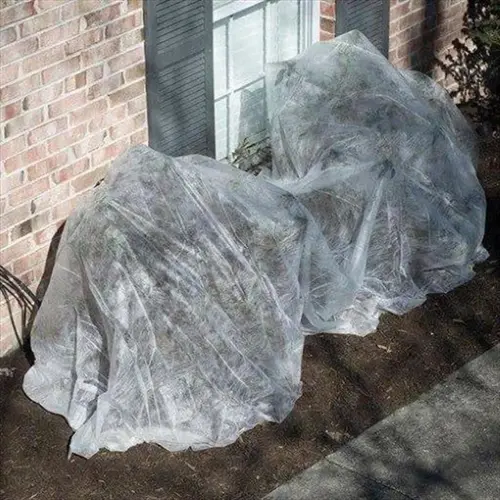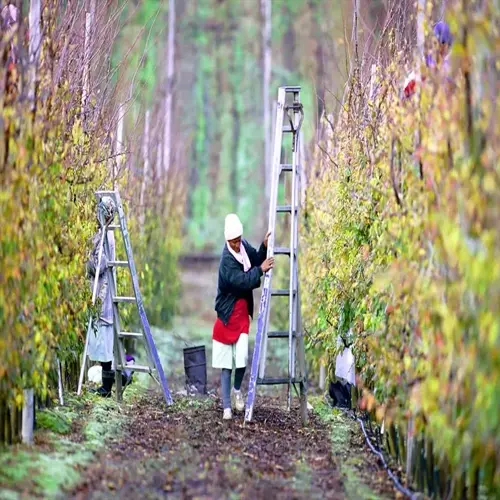What's the fastest way to treat advanced root rot?

Written by
Tina Carter
Reviewed by
Prof. Martin Thorne, Ph.D.Dealing with extreme root rot, or advanced rot, calls for immediate action to save your plant's life. When my beloved monstera began to fall apart with black, mushy roots, I put this emergency protocol into place within a matter of hours. Advanced cases can exhibit extensive plant damage, including foul odors from plant tissues, mushy stems, and the loss of over 50% of the roots. Time is of the essence here. Pathogens spread rapidly through damaged tissue. Timely intervention can save your plants if you take the correct steps without wasting time.
Root Salvage Procedure
- Rinse roots under running water to remove infected soil
- Sterilize scissors with 70% alcohol before each cut
- Prune until reaching firm white root tissue
- Remove 40-60% of foliage to balance root loss
Pathogen Elimination
- Soak roots in hydrogen peroxide solution for 10 minutes
- Use 1:4 ratio of 3% peroxide to water
- Apply cinnamon powder to all cut surfaces
- Discard all contaminated soil immediately
Sterilization Requirements
- Disinfect work surfaces with 10% bleach solution
- Sanitize new pot with boiling water
- Use autoclaved or oven-baked soil
- Wear gloves to prevent pathogen transfer
Sanitize everything during the emergency repotting. You need fresh sterile soil in a clean pot. I bake the new soil for 30 min at 180°F (82°C) to eliminate pathogens. Place the plant back at its original depth and do not pack down the soil; instead, keep it loose. Water lightly once, then wait 7 days before checking the moisture. Place in bright, indirect light and avoid direct sunlight to prevent stress in still weak plants.
Aid in recovery by providing thoughtful aftercare. Maintain constant humid conditions at 60-70% using a plastic dome or humidifiers. Apply no fertilization for 6 weeks to avoid root burn. Inspect daily for new white root tips, which symbolize recovery. My monstera showed first signs of recovery after 18 days. Please have patience, as plants take time to rebuild their roots.
Preventing future occurrences begins with eradicating the primary cause, whether it's overwatering or poor drainage. Good drainage can also be achieved with gritty mixes of soil components, such as perlite. Allow the top 2" of the soil to dry out before watering again. Ensure that the pots we are using have enough drainage holes. Re-emotionalize quarantine on all non-recovering plants until health is restored. Overall, this rectifies the issue of root rot and regenerates any lost health.
Read the full article: Spotting Signs of Root Rot Early

